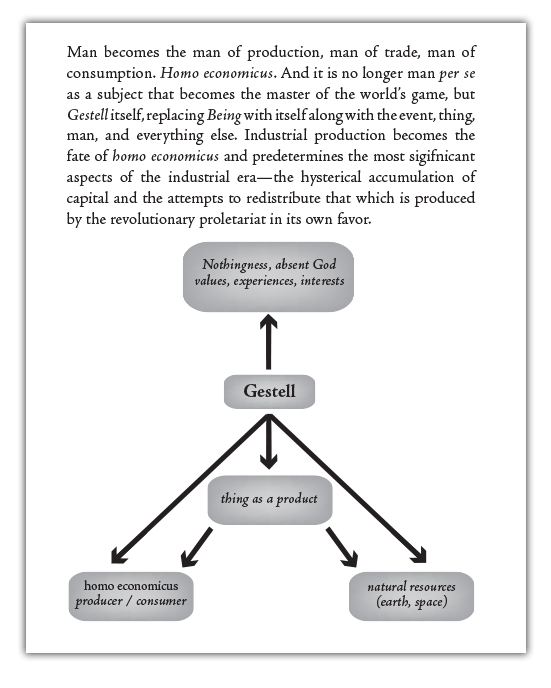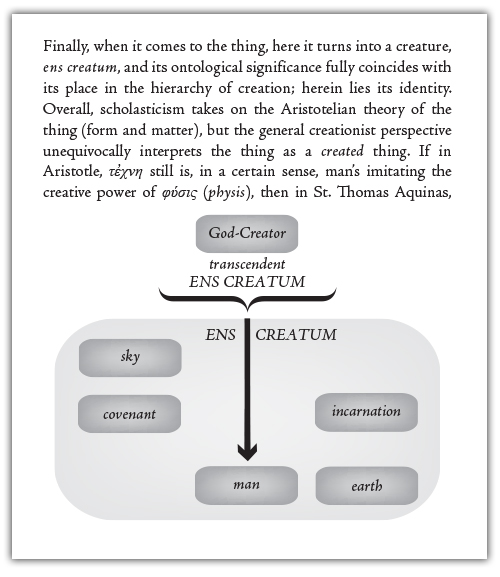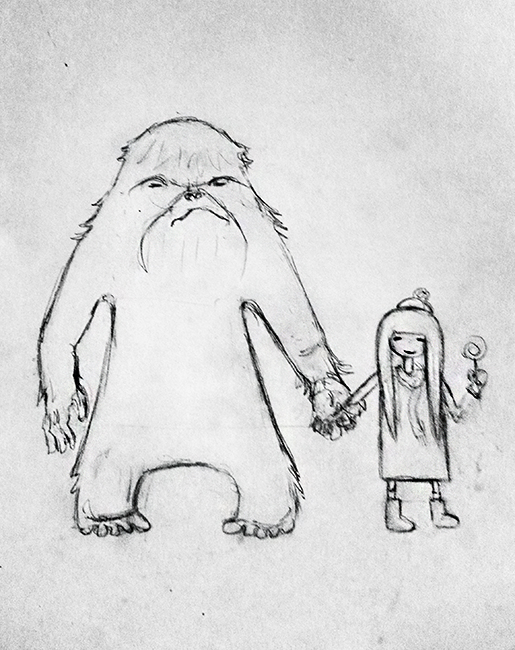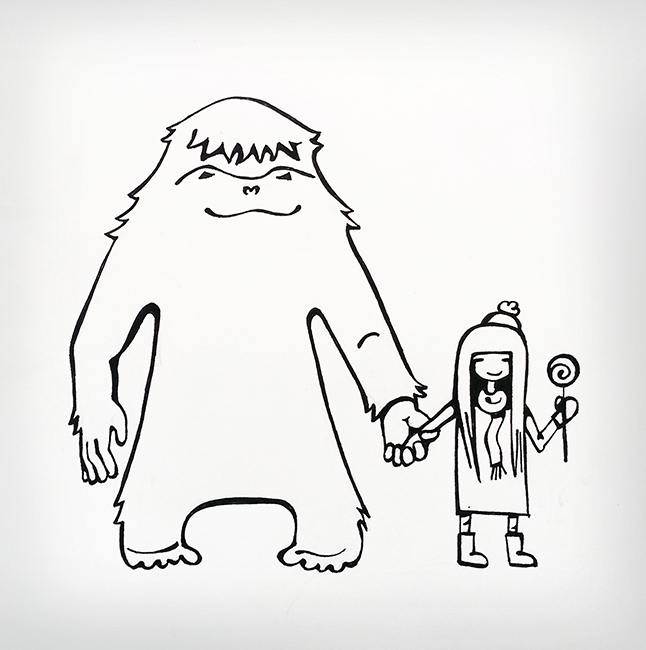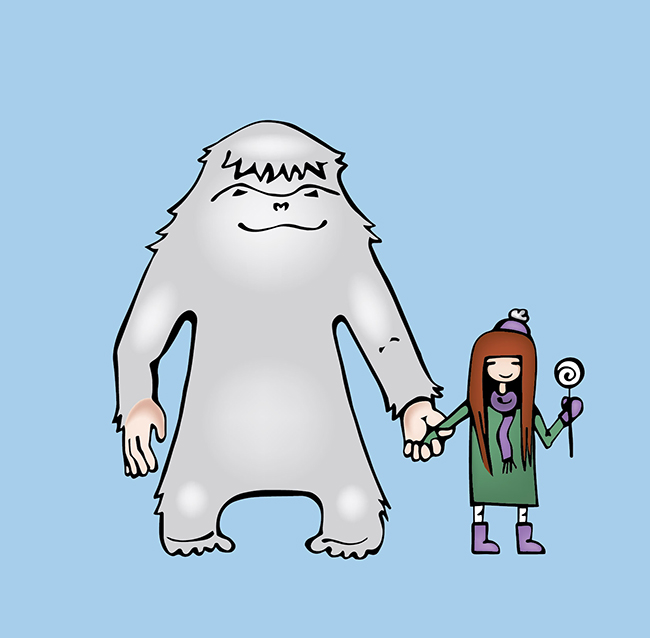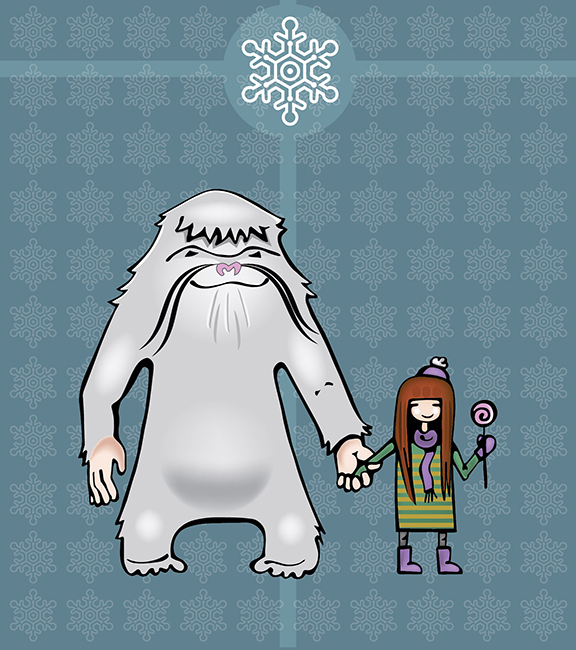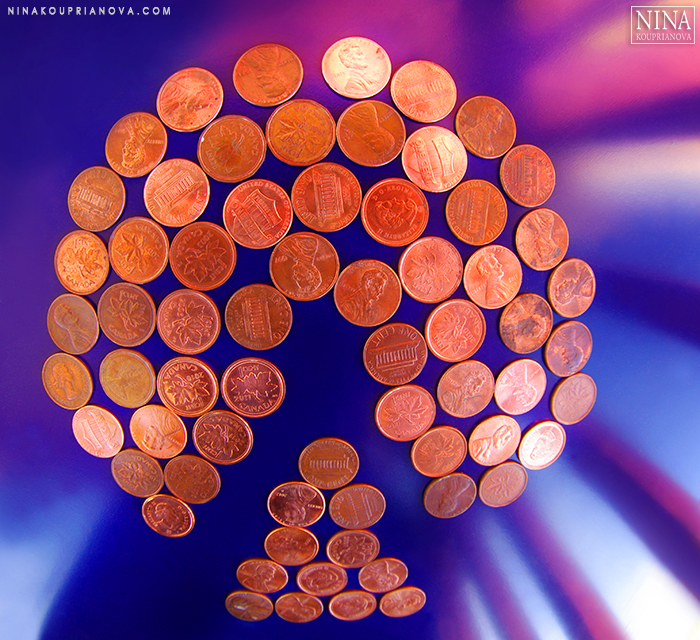In the last little while, I've been reexamining folk culture, particularly my own, through the lens of sociologie de l'imaginaire. The latter is a method which combines the scholarship of Carl Jung on the collective unconscious and that of David Émile Durkheim on the collective consciousness, respectively. This research area refers to the sum total of surface-based cultural features as the logos, whereas mythos stands for the symbolic and archaic undercurrents pushed into the unconscious, the Dreamworld, in the Modern period. Unlike Europe, this is a relatively new field of expertise for Russian sociologists, according to Alexandr Dugin.
By analyzing various traditional attributes, such as the types of folk-tale characters that are prevalent in a particular culture, the sociology of the imaginary allows one to determine its collective functioning regime. I bring this up now because I've realized that
Russians are the Moon People.
That's what I'd call us, that is. With the exception of the Cossack soslovie, Russians, by and large, operate according to a nocturnal feminine system (as per Dugin's Logos and Mythos, untranslated). (For instance and by contrast, Germans, collectively, are diurnal masculine types.)
The above makes Russian tales and legends a particularly fruitful area for me to pursue creatively.
